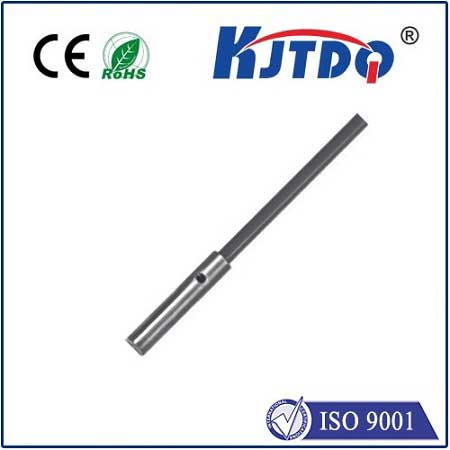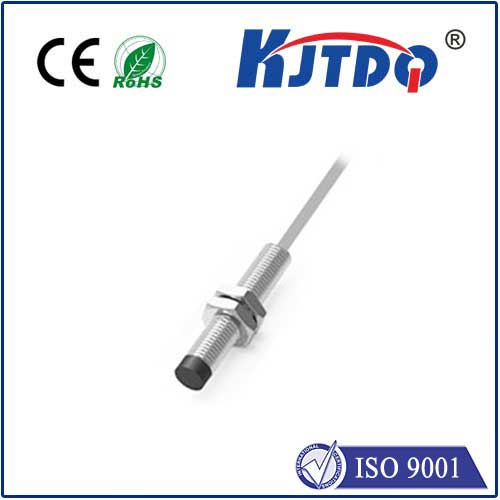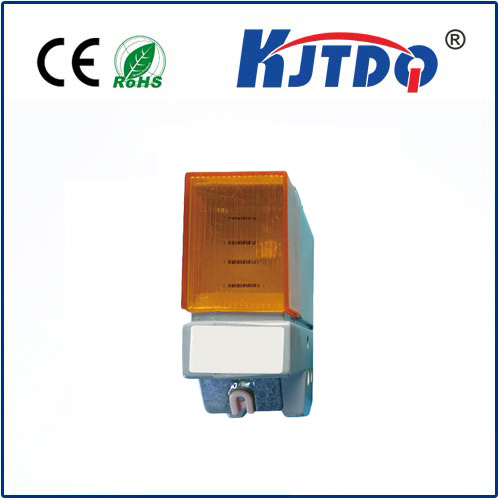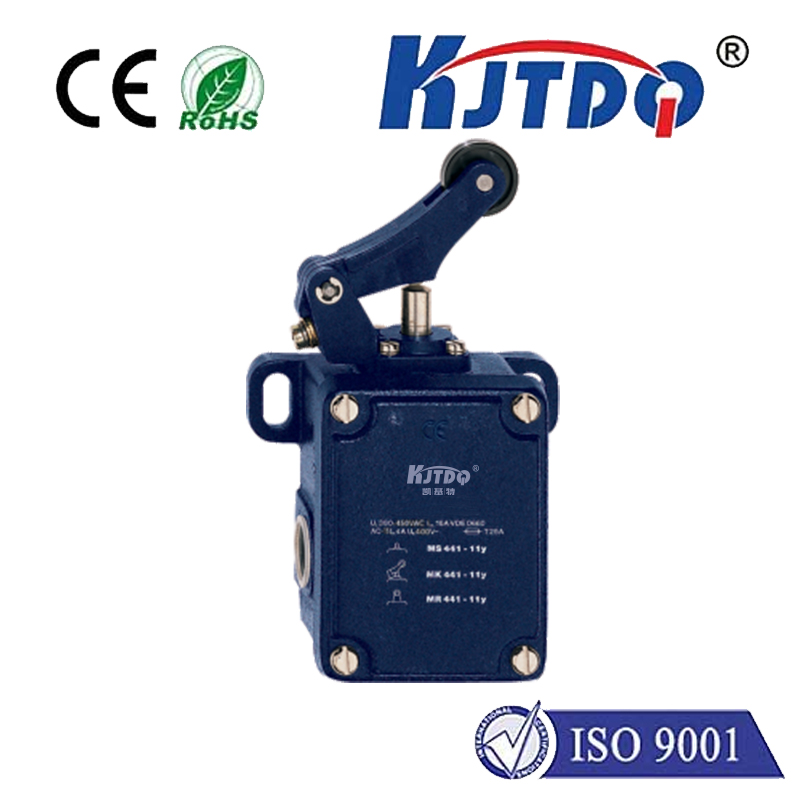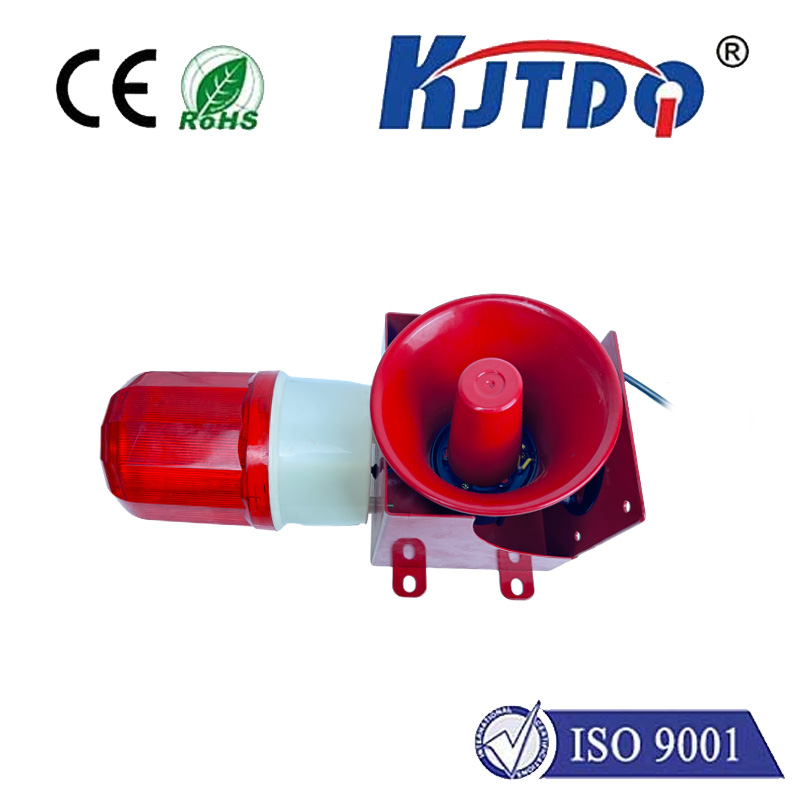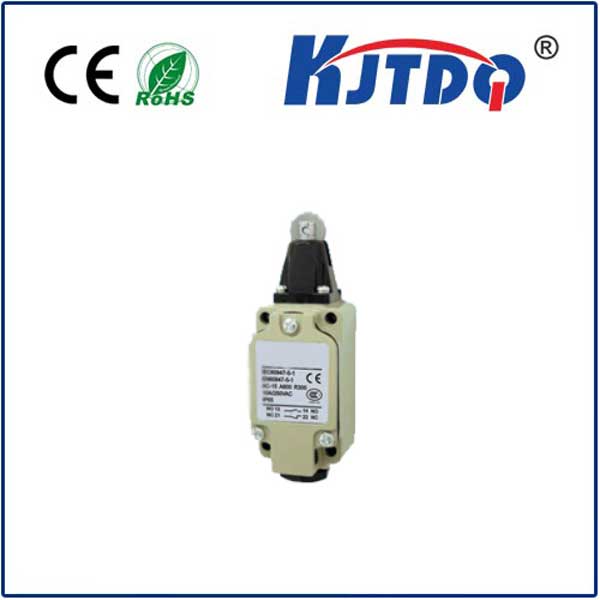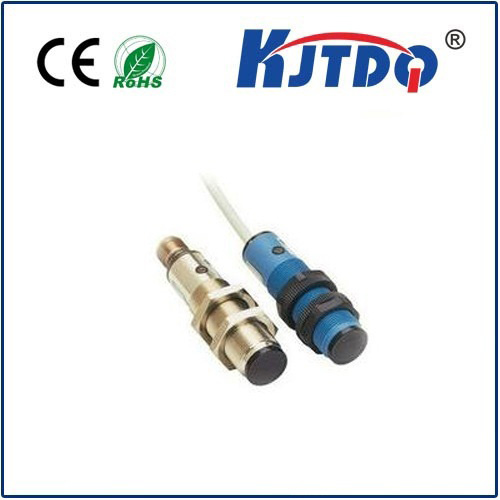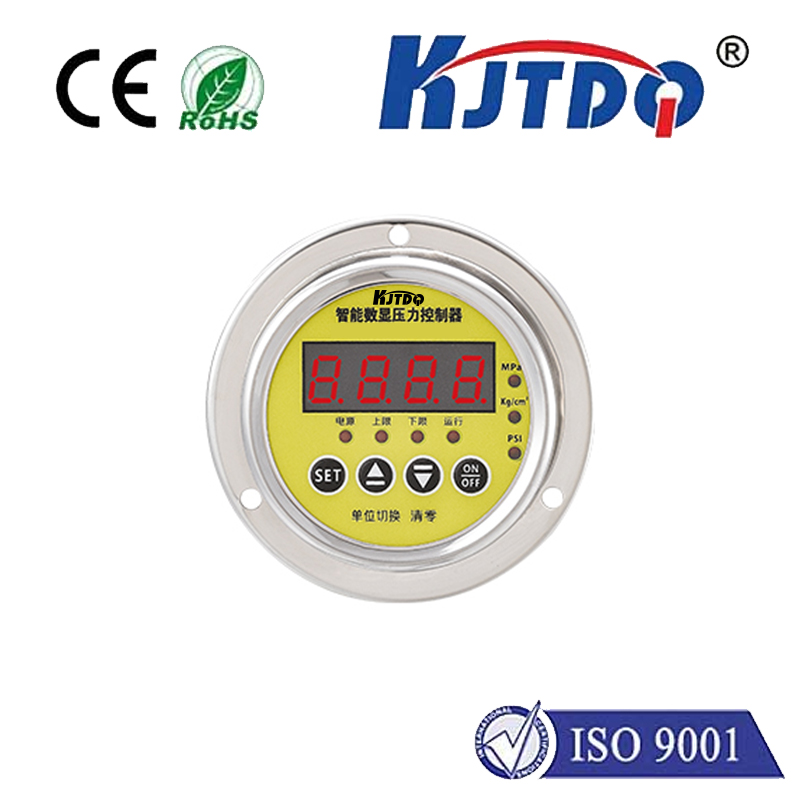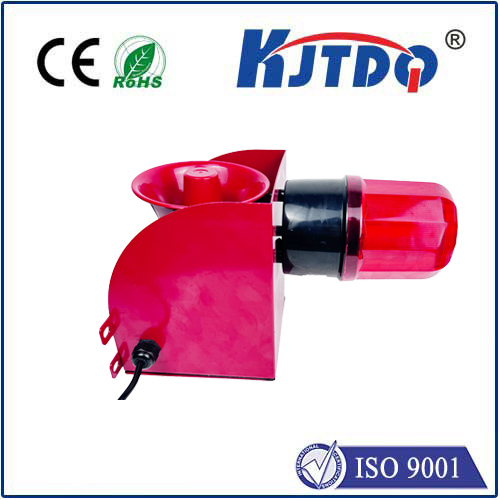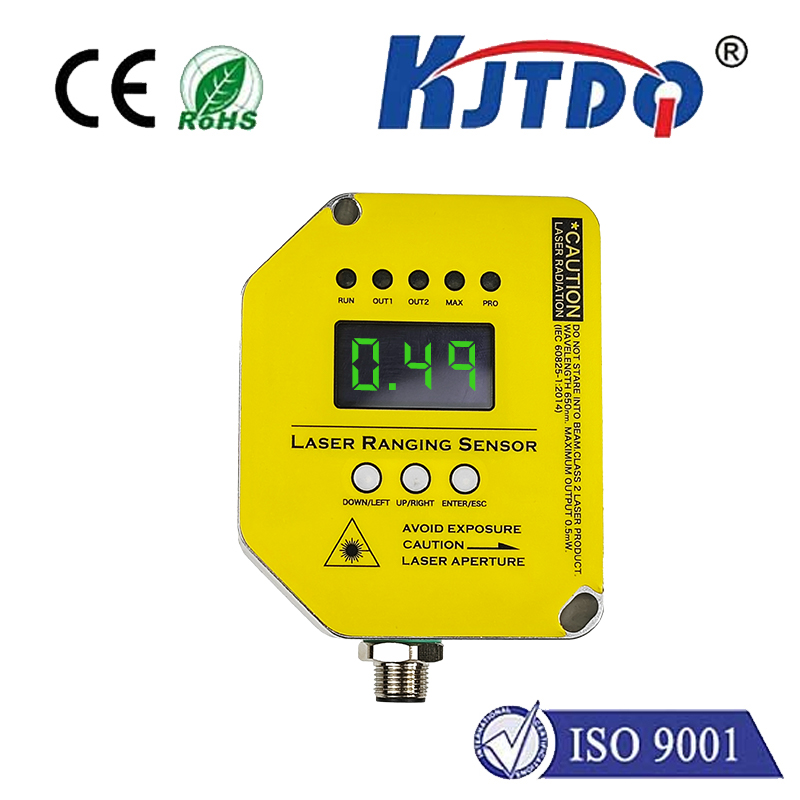
check

check

check

check

check

check

check

check
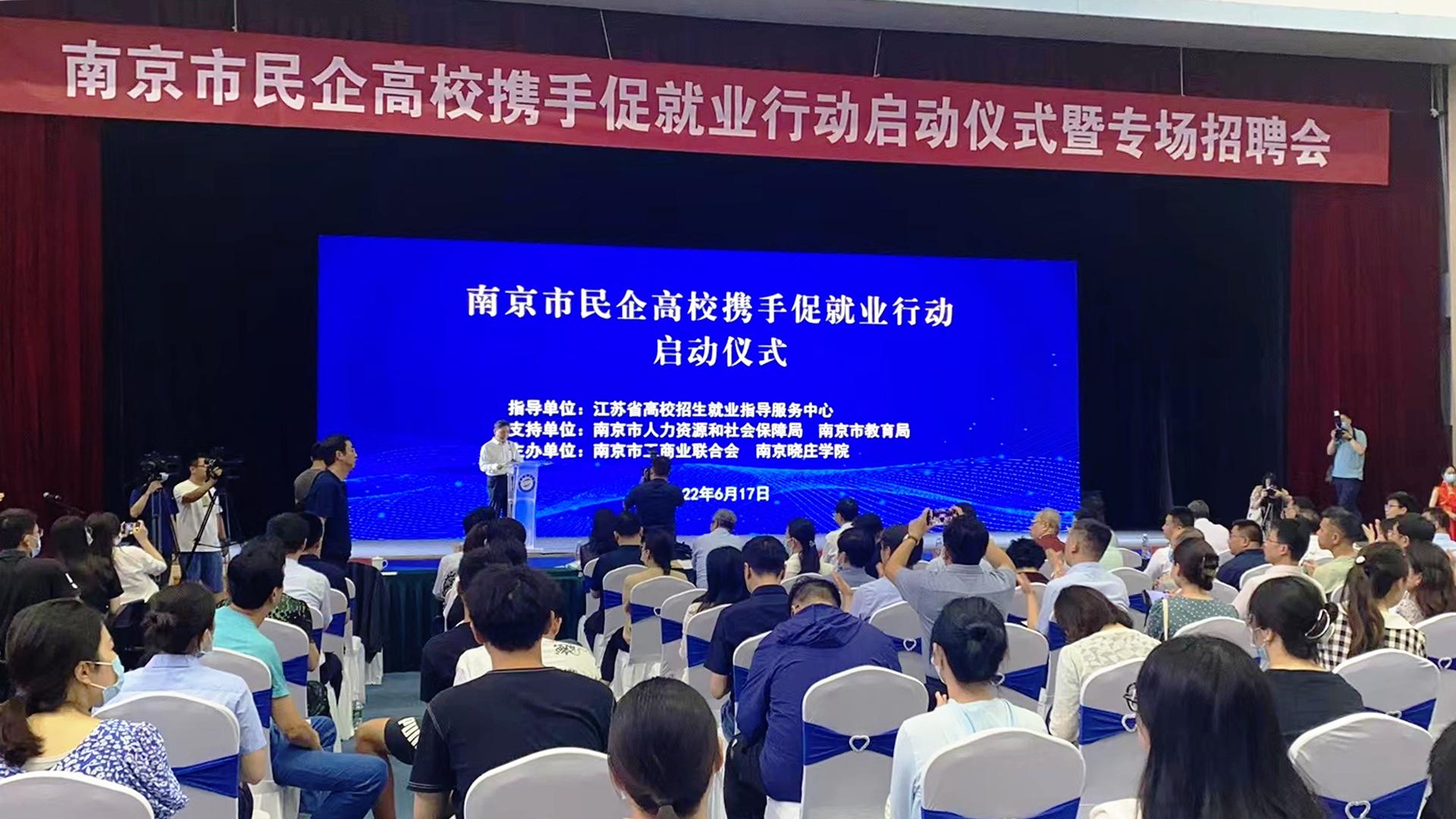
check

check
The Proximator sensor is a crucial component in many industrial and scientific applications. It is a type of distance sensor that determines the distance between two objects, providing valuable information to control systems and automation processes. In this article, we will explore the working principle of the proximity sensor, its various applications, features, and advantages.
Section 1: Introduction to Proximator Sensors
Proximator sensors are non-contact distance measuring devices that use infrared or ultrasonic technology to determine the distance between two objects. These sensors are widely used in industries such as manufacturing, automotive, healthcare, and robotics. By detecting the presence of an object, the proximity sensor can trigger an action or provide feedback to the control system.
Section 2: Working Principle of Proximator Sensors
Proximator sensors work based on the principle of electromagnetic induction. An alternating current (AC) signal is passed through a coil placed on one side of the object being measured. When the object comes into contact with the coil, it creates a magnetic field that interacts with the coil on the opposite side. This interaction causes a change in the AC signal, which is then detected by the sensor's circuitry and converted into a physical signal indicating the distance between the two objects.
Section 3: Applications of Proximator Sensors
Proximator sensors have numerous applications in various industries, including:
a. Manufacturing: Proximator sensors are used to monitor the position and movement of machine tools and robots, ensuring accurate and efficient production processes. They can also detect defects or malfunctions in products during production.
b. Automobile Industry: In automobiles, proximity sensors are used for safety purposes, such as detecting pedestrians or other vehicles when driving at low speeds. They can also be used to monitor tire pressure and fuel level.
c. Healthcare: Proximator sensors are useful in medical devices for measuring body temperature, heart rate, and blood pressure accurately. They can also be used to monitor sleep patterns and alert patients to potential medical emergencies.
d. Robotics and Automation: Proximator sensors play a crucial role in robotics and automation tasks such as grasping, sorting, and navigation. They enable robots to interact with their environment safely and efficiently.
Section 4: Features and Advantages of Proximator Sensors
Some key features and advantages of proximity sensors include:
a. Non-Contact Technology: Proximator sensors do not require direct contact between the object being measured and the sensor, making them suitable for use in hazardous environments or with delicate materials.
b. High Accuracy:Proximator sensors offer high accuracy readings due to their ability to measure distances accurately within a few centimeters. This makes them ideal for applications that require precise measurements, such as quality control in manufacturing.
c. Easy Integration: Proximator sensors can be easily integrated into existing control systems, enabling seamless data collection and analysis. They also come in different form factors, such as discrete and integrated sensors, making them flexible for various applications.
